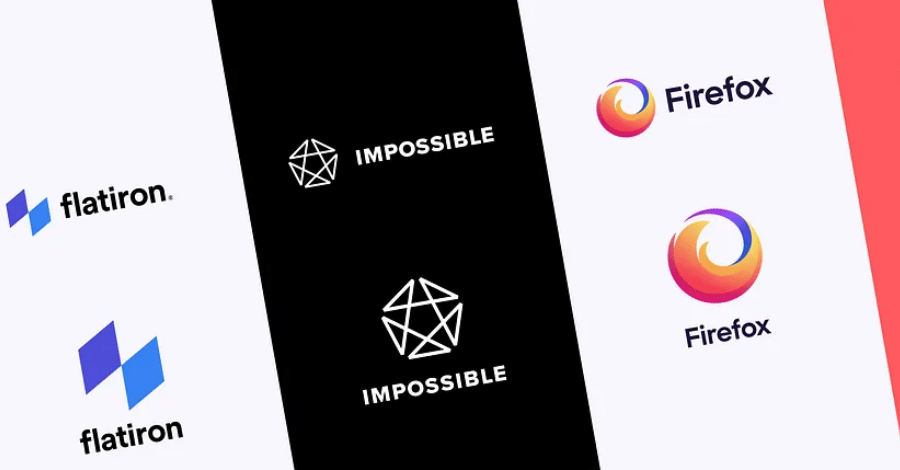Graphic design has a significant impact on how customers engage with, perceive, and experience your brand, so it’s crucial that you not only understand but also embrace the process within your business. But here’s the thing: until you understand principles of design and how to apply them appropriately, your graphic design efforts will fall short.
Let’s get this party started…
What are the Principles of Design?
The principles or elements of visual design are a set of fundamental guidelines that graphic designers follow in order to create designs that are balanced, effective, and attractive to the eye. They serve as a road map for graphic designers and anyone else who is in charge of developing visual graphics.
It’s vital to note that there are no hard-and-fast rules that must be followed at all times when it comes to design concepts. The trick with these design principles is to use those that are appropriate for the project you’re working on, taking into account things by what they’re attempting to achieve and who their work will be aimed at.
The 7 Principles of Design
There are seven fundamental design concepts that apply to the entire industry:
- Emphasis: The process of giving specific design aspects more importance, prominence, or worth.
- Balance: Ensures that the design and its components are distributed evenly in terms of position and weight.
- Contrast: to make an element stand out from the rest of the design, thus emphasizing its importance.
- Repetition: The use of recurrent design components to create a motif or pattern in a design.
- Proportion: refers to the size and alignment of items in relation to one another.
- Movement: In design, movement refers to how the spectator is urged to scan the design visually and in which direction their eyes move.
- White space: Is the region of a design that is devoid of text or graphics.
Let’s take a closer look at these seven design fundamentals.
#1 Emphasis
- To begin, ask yourself, “What is the most important piece of information that your audience should be aware of?” This should receive the most attention in the design.
- Create a mental blueprint of the design, allowing your brain to organise the data in the hierarchical order it sees fit.
- Layout your graphic design to visually represent this sequence based on this conceptual concept.
- Consider employing design features such as positioning it in the centre, making it the largest component of the design, using a bold and eye-catching font, or using an attention-grabbing or contrasting colour for the information you want to emphasise the most.
#2. Balance
- Keep in mind that each design element you use in your artwork has its own weight, whether it’s in the shape of size, colour, texture, or anything else.
- Don’t pack all of the design elements into one location to keep your design balanced; instead, space them out in a pleasant fashion.
- Make use of symmetry to produce a design with evenly weighted design elements that are in line with one another.
- Alternatively, embrace asymmetrical design by arranging parts of varying weights together, such as one large piece of text with many smaller pieces of text. It has equilibrium even when it isn’t symmetrical.
#3. Contrast
- Contrast allows a design element to “pop off the page,” and it’s excellent for portions of the design that you want to remember.
- Contrast also provides a distinction between elements, giving them the room they require to ‘breathe.’
- The backdrop colour of your design should be very different from the colours of the other parts, since this will ensure that the text and visuals are legible.
- Contrast is very crucial in writing because it helps you to communicate to the viewer which pieces of information are the most significant. For example, the font could be larger, bolder, or a different colour.
- When only one or two diverse, yet complementary, typefaces are employed in the design, contrast among the text is most effective. You might alternatively go with a single typeface with two different weights.
#4. Repetition
- Repetition of design components, such as one or two typefaces or no more than three strong colours, should not be regarded as monotonous, but rather as unifying and reinforcing the overall design.
- Random design decisions, such as a single piece of text in a colour that isn’t used anyplace else in the design, can appear to be an error or out of place.
- Repetition establishes a motif, putting you in command of the design and the message you’re sending to your audience.
- Beautifully drawn patterns are currently on-trend, and the pattern is a terrific way to add repetition into your design.
- Another case in point is brand identification, which necessitates graphic design repetition. This involves including your logo on your website, business cards, and social media profiles, among other things. In order to establish your brand identification, your product packaging design should be repeated throughout your offering.
#5. Proportion
- It’s easier to get the proportions of your design right if you look at it in sections rather than as a complete. Then, on a smaller scale, see if each component is balanced.
- When you put smaller but related pieces together, you can assign priority to them depending on how they interact with the rest of the scene. A concert poster, for example, might have ticket information on it. which is often placed inside of a small box at the bottom of the design.
- Proportion can be difficult to master because all of the design elements must be correctly scaled and laid out in an appealing manner. However, proportion should be achieved naturally by learning principles such as contrast, balance, and alignment.
#6. Movement
- Your design elements can be placed in such a way that they generate a sensation of movement, leading the viewer’s eye from one piece of information to the next in order of priority.
- In this case, movement is crucial since it helps to tell your design’s stories.
- Look at your design as a whole to see if your eyes are drawn to any single piece, especially those that are too big, too bold, not in perfect alignment, or in a colour that doesn’t fit the rest of the colour palette.
- Adjust any elements that don’t feel correct until you’ve reached the required amount of harmony.
#7. White space
- Although white space is negative space, it encourages you to examine the areas of your design where you haven’t yet added features. In other words, it’s the design’s empty spaces, and it’s essential for allowing your design elements “breathing room.”
- Use white space to properly build hierarchy and arrange your design. A lot of white space surrounding an element signals to the viewer that it’s important.
- White space can also be utilised to group together comparable items, signalling to the viewer that they are related.
- Finally, when used creatively, white space can be used to create a different image or express a completely other message.
While understanding how to apply design principles can aid in the creation of great graphics, they should not be viewed as rules, but rather as guides. After all, some of the most memorable and effective designs have purposefully disregarded or broken some of these design principles.



